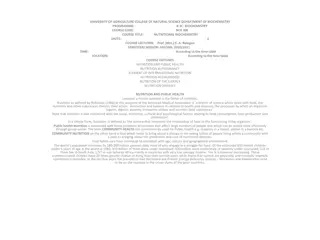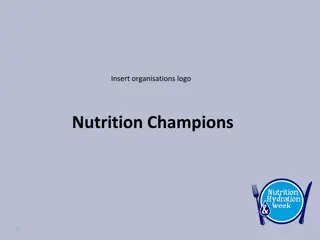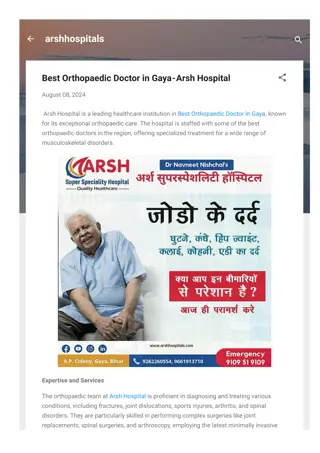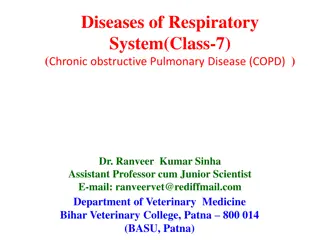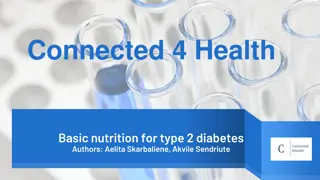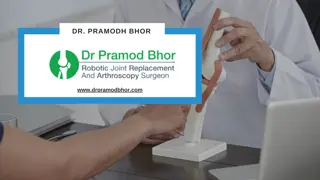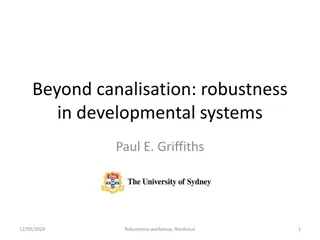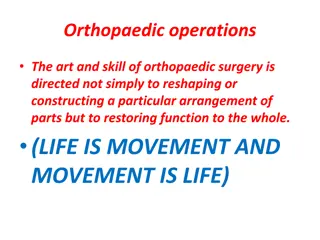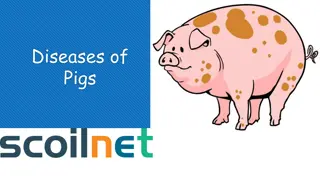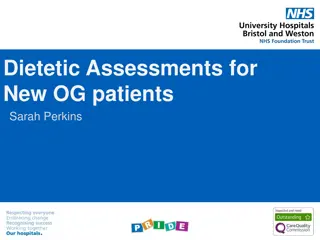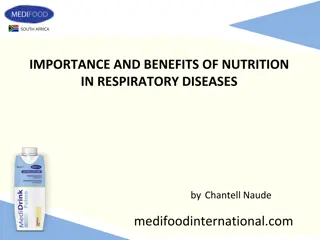Nutritional Implications for Developmental Orthopaedic Diseases in Horses
Developmental Orthopaedic Diseases in horses, such as Physitis and Osteochondritis Dissecans, can be influenced by factors like trauma, genetic predisposition, and poor nutrition. Ensuring proper mineral intake, balanced nutrition, and avoiding excess caloric intake at different stages like pregnancy and yearling feeding can help reduce the risks associated with these diseases. Feeding actions like utilizing feeds formulated for specific stages and providing quality proteins are essential in preventing and managing these conditions.
Download Presentation

Please find below an Image/Link to download the presentation.
The content on the website is provided AS IS for your information and personal use only. It may not be sold, licensed, or shared on other websites without obtaining consent from the author. Download presentation by click this link. If you encounter any issues during the download, it is possible that the publisher has removed the file from their server.
E N D
Presentation Transcript
Developmental Orthopaedic Disease Suspected causes Nutritional implications Risk at each stage: Pregnancy Yearling Feeding actions to reduce risk
Includes: Physitis swelling around growth plates Osteochondritis Dissecans (OCD) an interruption in bone development Wobbler Syndrome compression of the spinal cord Angular limb deformity crooked legs
SUSPECTED CAUSES OF DOD Trauma Genetic predisposition Restricted exercise Forced exercise Rapid growth rates Excess body condition Poor nutrition (pregnant mare and young horse)
Excess calorie intake: Fast growth Excess body condition Mineral deficiencies Mineral excesses Mineral imbalances Key minerals Calcium, Phosphorous, Copper, Zinc. High carbohydrate feeds
Early pregnancy minimal increase in nutritional demands Last trimester key period in broodmare nutrition Demonstrated in Copper research Very important to provide adequate mineral intake for foetal liver stores. Avoid excessively over weight mares
Utilise: Feeds formulated for pregnant mares Feeds must be fed at recommended intakes. Use concentrates for good doers Adding random minerals to feeds can cause imbalances
Require adequate mineral intake Balanced mineral intake Quality proteins Avoid confinement if possible Avoid excessive growth rates Introduce feed prior to weaning Low GI feed option Research indicated a high glucose & insulin response to concentrates associated with increase in OCD Ideally first feed the foal receives
Utilise: Feeds formulated for purpose These will have appropriate mineral levels These will include quality protein sources Wean very good doers early Concentrates for good doing weanlings Low GI Feeds
Adequate mineral supplementation Balanced mineral intake Avoid excessive calorie intake Aiming for moderate growth (rather than rapid) Regular weight data can be very useful
Adequate fibre in the diet (min 1%BW in hay/chaff/pasture daily) Combination of Low GI and Grain based feeds. (sales prep) Delay increased energy required for conditioning as long as possible Managing Physitis keep mineral intake up and supply more calories from fat and fibre than grain Addition of high fat supplements for cool calories and Coat. Use blended oils & those with good Omega 3 profile.
Last Trimester of the mares pregnancy key for mineral fortification of diet Use premixed feeds at the recommended intakes to ensure adequate vitamin and mineral fortification. Use concentratesfor good doers (all horses) After 3 months of age supplement foals for appropriate mineral intake. Avoid young horses getting too heavy Low GI feeds suitable feed option for young horses.










